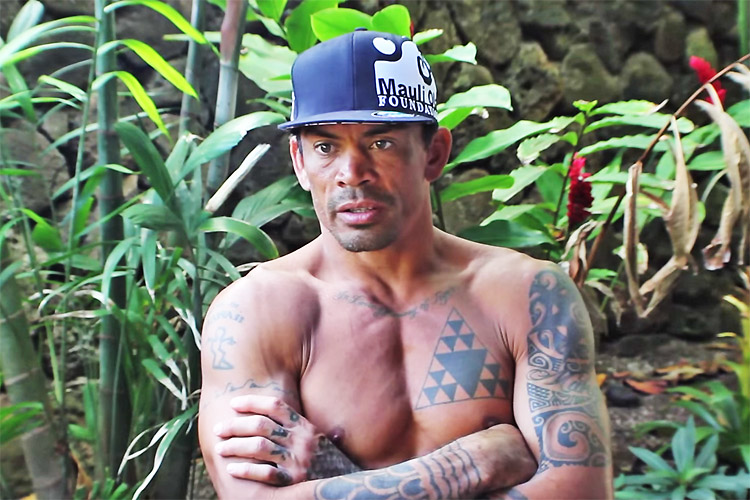Surf gangs have been protecting their local surf breaks for decades. They were involved in stories of war, violence, death, and respect. So, which surf groups have written their name on the dark side of surfing?
"My gang will get you," Jim Morrison once warned us.
While he visioned one of the worst sides of beach life and surf culture - threats and revenge - he reminded us to behave in foreign territories.
Localism. That hostile, unfriendly feeling that we've all tasted has its roots in the 1960s, with the explosion of surfing and its lifestyle.
To defend and to protect local waves - that could be the motto.
Sociologically, surf localism could be understood as the defense system activated when someone who has not been invited to our home still sits on our favorite couch.
Localism can be an individual or group phenomenon.
You can be invited to leave the wave peak by an uber-confident surfer or by a circle of empowered, furious, newly-made enemies.
Surf gangs are the natural result of the selfish side of surfing. Waves are rare - good waves are scarce, and perfect waves are limited.
Verbal and physical threats made by "surf Nazis" or "surf punks" started to flourish in Southern California in the 1960s.
Da Hui / Black Shorts
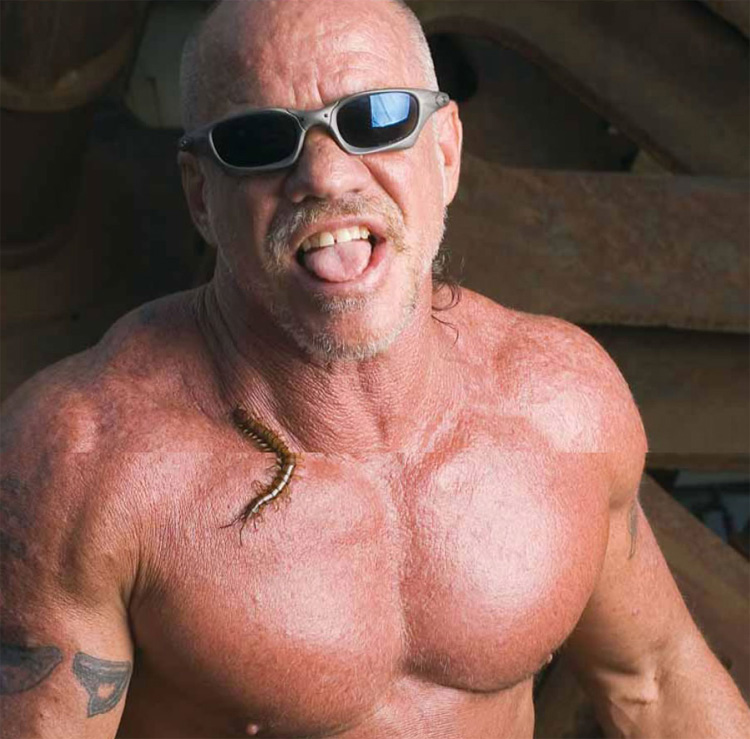
The Hui O He'e Nalu, also known as the Black Shorts or Da Hui, were founded by Eddie Rothman, Clyde Aikau, Kawika Stant Sr., and Bryan Amona in 1975 in Oahu.
Initially, they were hired to water patrol surf contests, but their reputation also involved trouble.
At the heart of its foundation was the need to keep non-native Hawaiians away from the islands' best waves and most famous surf breaks, especially on the North Shore of Oahu.
Haoles were also starting to make money from a series of surf-related activities.
Da Hui were intimidating and aggressive toward foreign surfers and enforced their own rules.
Australian world surfing champion Wayne "Rabbit" Bartholomew was one of the first to suffer at the hands of the infamous surf game, losing several teeth in the process.
But South Africans were also targeted. They demanded respect.
"When I go out and surf, don't bother me, don't bother my kids, don't bother the other kids around here. Just stay out of the way," Rothman stated in 1997.
Da Hui used to invade the lineups whenever surf contests were being held at Hawaiian surf spots.
Hui O He'e Nalu is the Hawaiian expression for "Club of Wave Riders."
Bra Boys
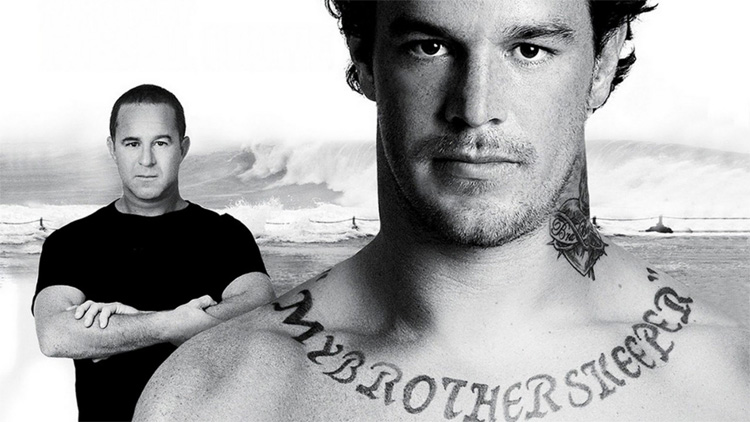
In Australia, the Bra Boys had a member tattoo - "My Brothers Keeper" - inked across the front of their chests. They were founded in Maroubra, Sydney, in the 1990s.
The term "Bra" refers to both their origin, Maroubra, and the expression "bro," the slang for brother.
Brothers Sunny, Jai, Koby, and Dakota Abberton established an organized group of local surfers who became known for their violent clashes with citizens and police.
The Bra Boys gained control of Cape Solander's surf spot and renamed it "Ours." Drugs, fights, and riots were attributed to the Abberton gang.
In 2002, 160 Bra Boys clashed with 80 off-duty police officers at the Coogee Randwick Clovelly RSL Sub Branch during Mark Mathews' 21st birthday party. The brawl involved violence and helicopters patrolling the combat arena.
In 2007, the feature-length documentary entitled "Bra Boys: Blood is Thicker than Water" became an instant hit.
Wolfpak
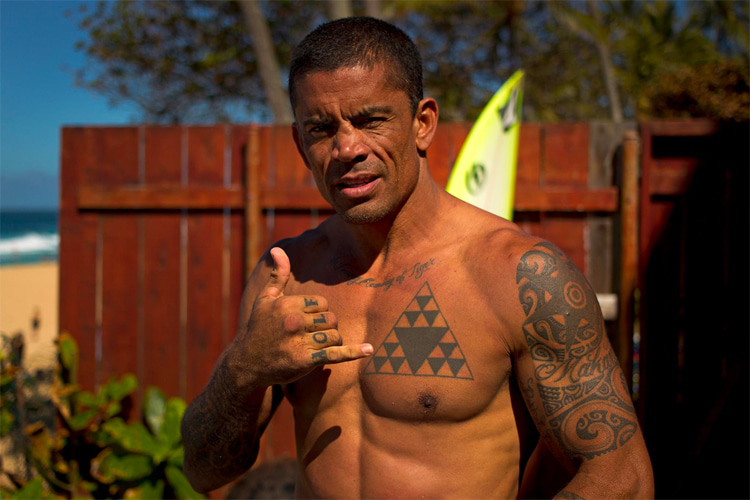
The Wolfpak is one of the most relevant surf gangs in the world.
Their name has an explanation, "because we run in a pack, working together. When you mess with one of us, you mess with all of us."
The Hawaiian group, born in 2001 in Kauai, Hawaii, demands respect and does not accept being dropped in by non-local surfers.
The Wolfpak has been trying to manage the crowd factor on the North Shore of Oahu.
Kala Alexander, the founder, doesn't allow drop-ins.
"I don't care if it's Kauai or Brooklyn. And I believe wherever you go, locals have the right of way. That's how it should be and how it used to be here," Alexander once said.
Despite not assuming their "gang" factor, the Wolfpak is feared and respected in the Hawaiian Islands.
In 2007, at the Billabong Pipe Masters, Sunny Garcia and Brazilian surfer Neco Padaratz collided in their opening round heat.
The Hawaiian then tried to choke his opponent in the water, punched out one of Padaratz's fins, and finally chased him up the beach.
The Brazilian ran into the judging tower before the police escorted him out of Banzai Pipeline.
Other Notorious Surf Gangs
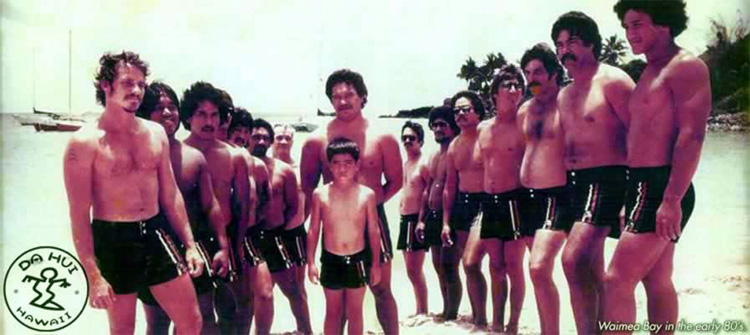
The Cito Rats were formed in Montecito, California, around 1978 and 1979.
The surf gang "owned" the beaches of The Biltmore Pier, Dorbo Dunes, Chicken Creek, Pigeon Ridge, The Underground, Miramar, Hammonds Reef, Nuns, "The Rock," The Shooting Range, Rancho Coyote, The Herb Estate, and RKL.
Their ultra-local activities faded away in the 1990s.
The Longos are one the oldest surf gangs. They were born in Long Beach, Los Angeles, and are still quite active in the region.
The Silver Strand Locals, the Oxnard Shores Locals and the Pierpont Rats (Ventura, California), the Lunada Boys (Palos Verdes Estates, California), the Bird Rock Bandits (La Jolla, California), the Westsiders (Santa Cruz, California), and the White Shorts (Mauritius) are also groups involved in multiple surf wars to protect their local breaks in the last decades.
While many surf gangs have been directly linked to episodes of extreme violence, there are groups strictly set up to keep foreign surfers out of the water.
Catchphrases like "Locals only," "If you don't live here, don't surf here," and "Haoles, go home" will remain as fresh memories of one of the darkest sides of surf culture.
